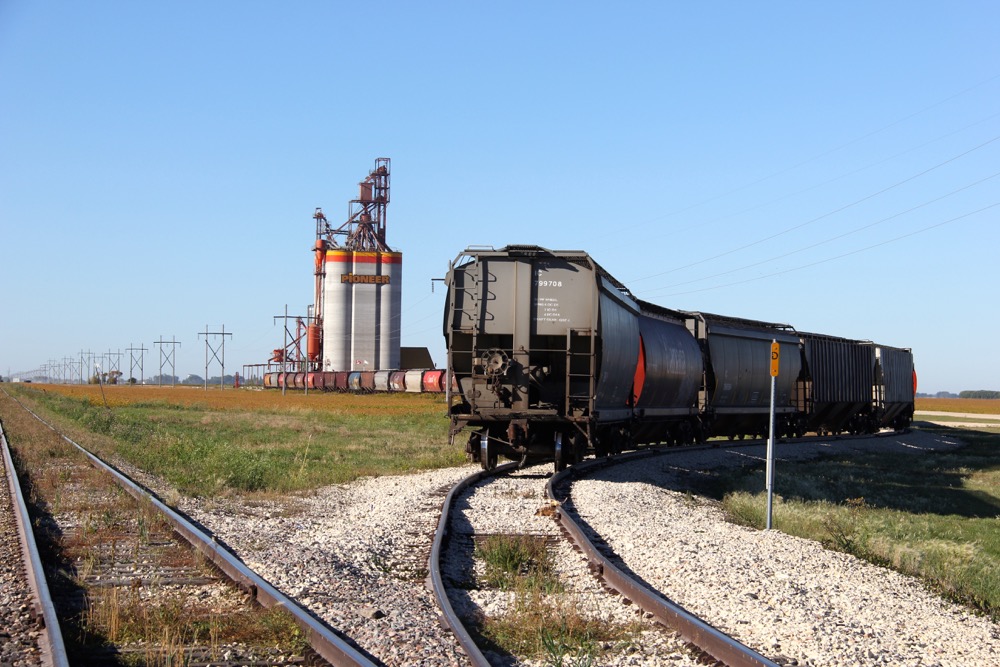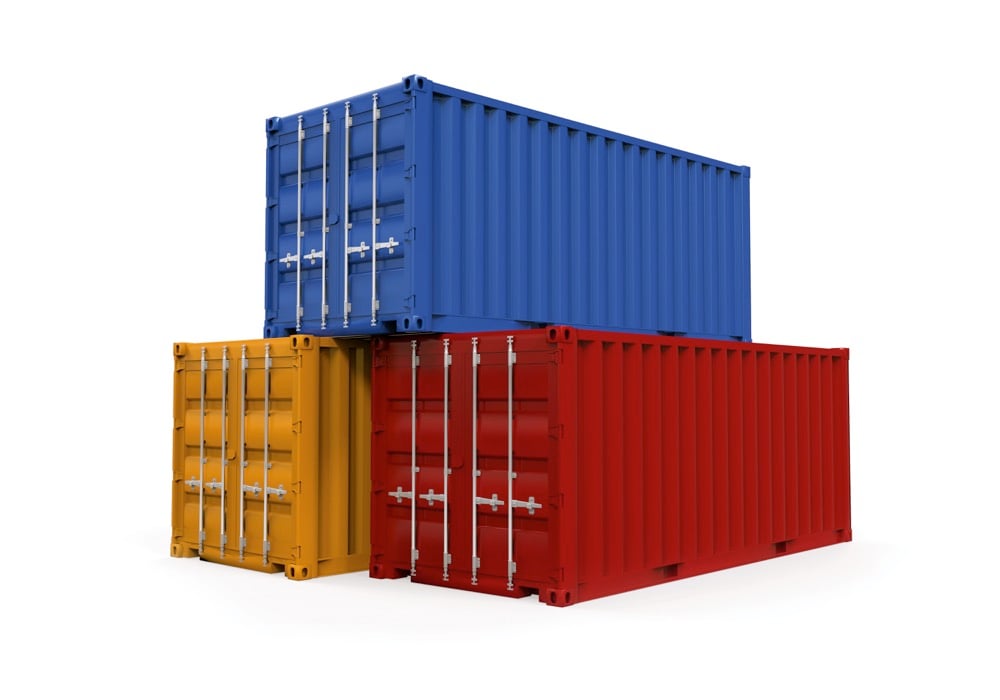If there’s anyone out there with a bird’s eye view of the rail system and exactly what happened last winter, it’s Quorum Corporation’s Mark Hemmes.
The organization is the federally appointed monitor of grain transportation, charged with tracking how efficiently grain is moved out of the Prairies following partial deregulation of grain transportation around the turn of the millennium.
Hemmes told the Cereals North America conference late this fall in Winnipeg that it would be hard to foresee a series of events that would have caused greater strain on the system than those of last winter.
Read Also

Sensing the soil: Root cell research finds ‘stress hormone’
Research into how root cells react to soil stressors could help plants better adapt to changes in their climate.
“We are indeed living in interesting times, and our job was made even more interesting in the past 12 months,” Hemmes said.
One thing he made clear at the top of his presentation was that the problem really comes in two parts. There were the immediate problems caused by a brutal winter plus a huge crop. But it’s clear this situation exposed serious, system-wide weaknesses.
“Lots of people talk about how last year was all about a big crop and cold weather,” Hemmes said. “It certainly had a lot to do with the challenges. But it also brought forward other systemic issues that became apparent because of the cold weather and crop.”
Especially bad were the lack of co-ordination throughout the system that led to issues with system fluidity, and issues with the railways’ inability to scale up in the face of a larger than expected crop. In part that’s because, heading into the fall, few realized just how big the crop would be, he said.
During the early part of the growing season, Hemmes recalled, most crop watchers were actually worried the crop might be in trouble. Seeding had been late and the spring was cold and dry, so the expectation was for yields that would be anywhere between normal and a bit lower than normal. June saw growing conditions normalize a bit, but it was only in July and August that crops really took off.
“It was perfect growing conditions, and as the summer wore on, it became obvious that it was going to be a bin buster,” Hemmes said.
By the end of October, this big crop was starting to fill the pipeline as the various grain companies made sales to customers who were ordering vessels to be filled at Vancouver and Prince Rupert.
“It was at the end of October last year that we started to see the whole system slow,” Hemmes said.
Hemmes said evidence of this can be seen in the high stock levels at country elevators, which remained over 95 per cent of capacity for a record 30 weeks straight.
Railways were already struggling to meet demand due to a shortage of trained staff, and then in November another record came rolling along — the longest uninterrupted stretch of cold weather ever recorded. To give some sense of just how cold it was, Winnipeg, for a time, was widely and accurately reported to be colder than the surface of Mars.
For the railways, the effect of cold can be severe. Air system seals fail, resulting in air pressure too low to run the braking systems of trains at maximum lengths of more than 100 cars, so they had to be made shorter, which further exacerbated the systemic problems.
For producers in the country, this translated into serious problems moving their crop to market and a critical lack of post-harvest cash flow. Grain companies found their costs rising due to demurrage charges on boats that were kept waiting at port, with the feeds climbing daily while their holds sat empty.
“We all saw the pictures of the ships,” Hemmes said. “They were parking them in the port, off Vancouver Island, and up and down the coast.”
Hemmes said demurrage per ship was $6,000 to $8,000 a day, but could have been worse.
“The past couple years we’ve actually had quite low rates for ocean freight,” he said. “In a more average situation you would expect that to be somewhere between $25,000 and $30,000 a day.”
Hemmes said the demurrage charges will likely keep piling up through 2014-15 due to the backlog, so grain companies have scaled back their forward sales since they’re not sure they can get crop to port on time and they don’t want to incur charges.
“They’re starting to pare back,” said Hemmes. “That’s not good for us in the long term.”
And while he stuck to his position that there are systemic issues to resolve, Hemmes did concede he’s hoping Mother Nature will be more co-operative this year.
“If I could wish for anything this year,” Hemmes said, “it would be a milder winter.”















